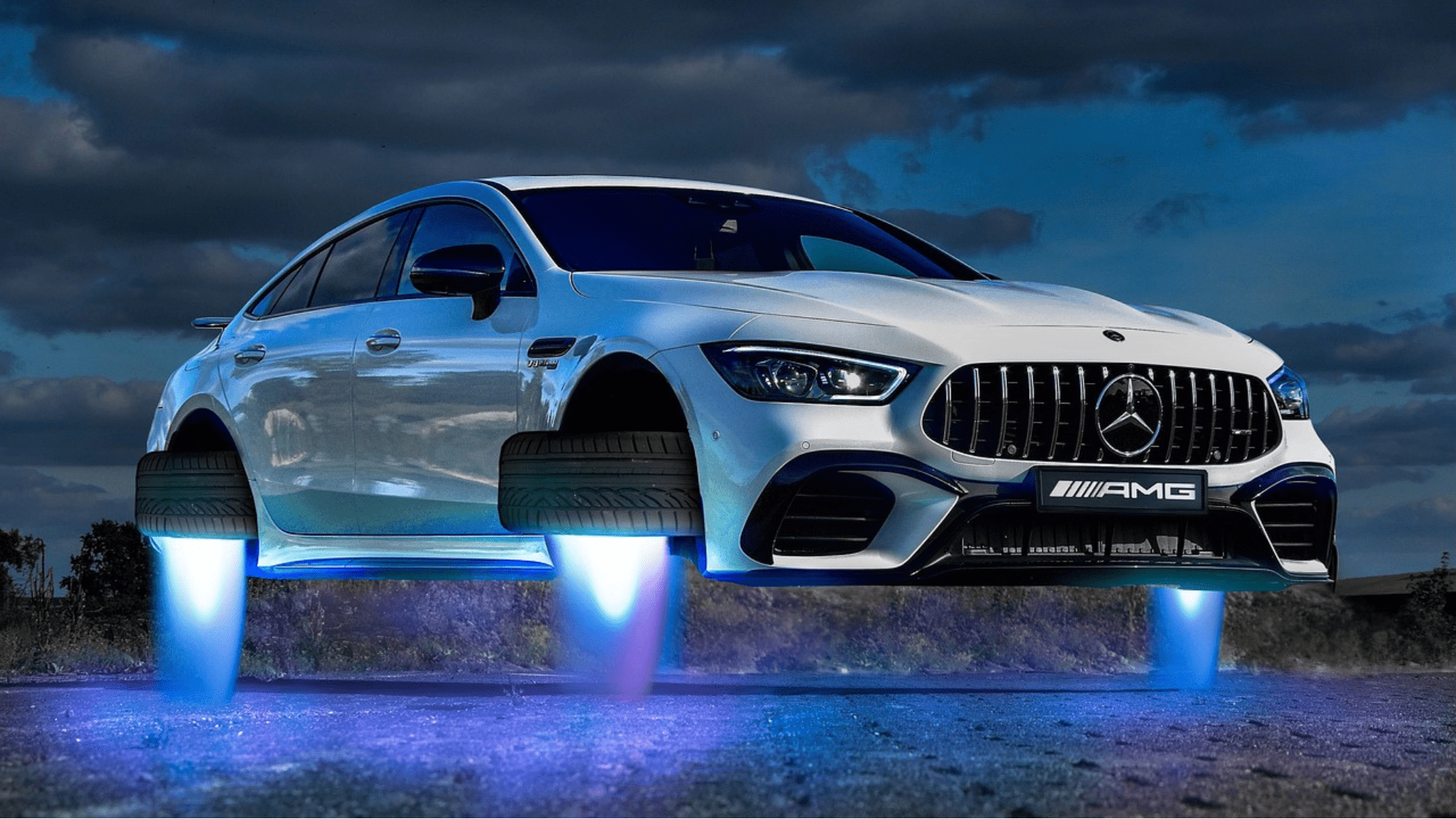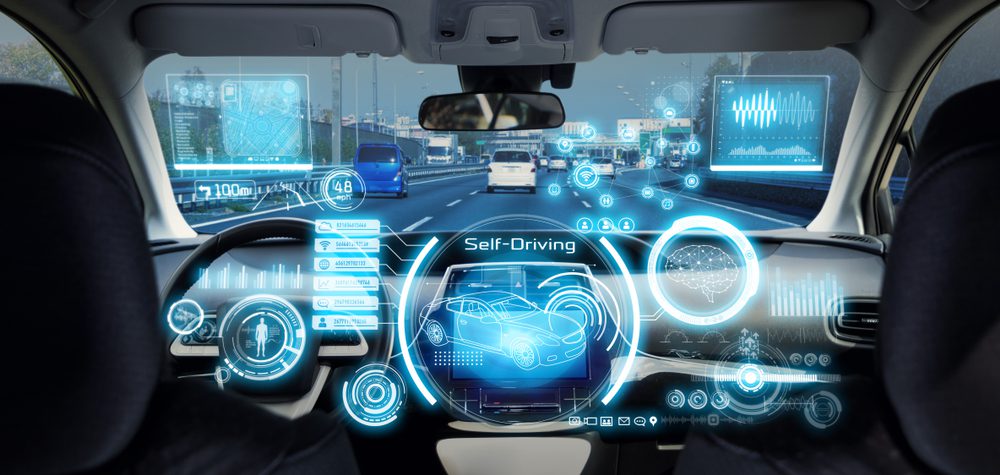The car industry keeps evolving year by year, and companies are always on the lookout for new advancements and innovations for the cars they produce. Automotive companies come up with cutting-edge technologies, such as adding new sensors, updating safety features, or improving fuel efficiency. The latest big advancement in technology for the past ten years has been the autonomous car.
The autonomous car takes full lead of the direction by driving, curving, and stopping where needed all by itself. This is a great advantage for people as they can shift their focus into other things, such as scrolling through social media, playing roulette for real money online, or talking to friends on the phone, all while their car takes them to their destination.
But what is there in store for the future of cars? Will we live to experience flying cars, and what are the drawbacks and benefits of this development?

The Current State of Flying Cars
Brace yourselves because this might blow your mind: a flying car was constructed in as early as the year 1917. Well, maybe not a fully functional flying car, but an attempt. Glenn Curtiss gave his own shot at this industry with what he called an “autoplane”. It had three wings but never actually managed to fly up the ground.
Since then, there are a few steps that have been taken in regard to constructing flying cars. In fact, some flying cars have already become a reality in the current times, such as Aston Martini’s Volante Vision Concept that was unveiled back in 2018. This construction looks like it came out of a fiction movie and costs a total of $9.3 million. It goes without saying that this innovation is not affordable for the majority of the population, hence no flying car is currently found in any dealership.
There is, however, hope on the horizon. According to Hugh Martin, the CEO of Lacuna Technologies, flying cars could be commercially available in 2024. He stated that a hurdle that the industry is facing in producing flying cars is how to manage the traffic in the air. He also suggested that new regulations would need to be compiled, but in his words, this alone will take a long time.
What is Keeping Flying Cars Back?
Apart from the regulations that Hugh mentioned, there are a set of drawbacks to flying cars. Research on the area has shown that designing a flying car is rather challenging for companies because both car and airplane requirements need to be taken into consideration when building it.
This includes the challenge of supplying the high power that is necessary for the vertical takeoff as well as the main energy sources such as the engine and the battery. The batteries in modern automobiles, which are made for land transportation, cannot power them.
Additionally, takeoff and landing the vehicle must also be combined with propulsion controllers and control algorithms, and air pressure must also be considered in cases where the altitude levels are high. Furthermore, all international criteria for aviation and road traffic must be taken into consideration, as well as for security and dependability.
The Advantages of Flying Cars
Although the whole concept of cars that fly seems far away, the idea of it is rather intriguing. One of the main advantages would be the fact that flying cars can take an air road. This would be more direct than ground roads, meaning no more annoying and time-consuming traffic jams.
Flying cars would also reduce traffic pollution. The fossil fuels that cars burn cause many environmental issues, and flying cars are expected to lower emissions.
They would be ideal for pedestrians and cyclists because the roads would be free and dedicated only for their use. People will be able to move freely in all areas, and there will be no chance of getting hit by a vehicle.







